Useful Guides
Environmental Good Governance Guide
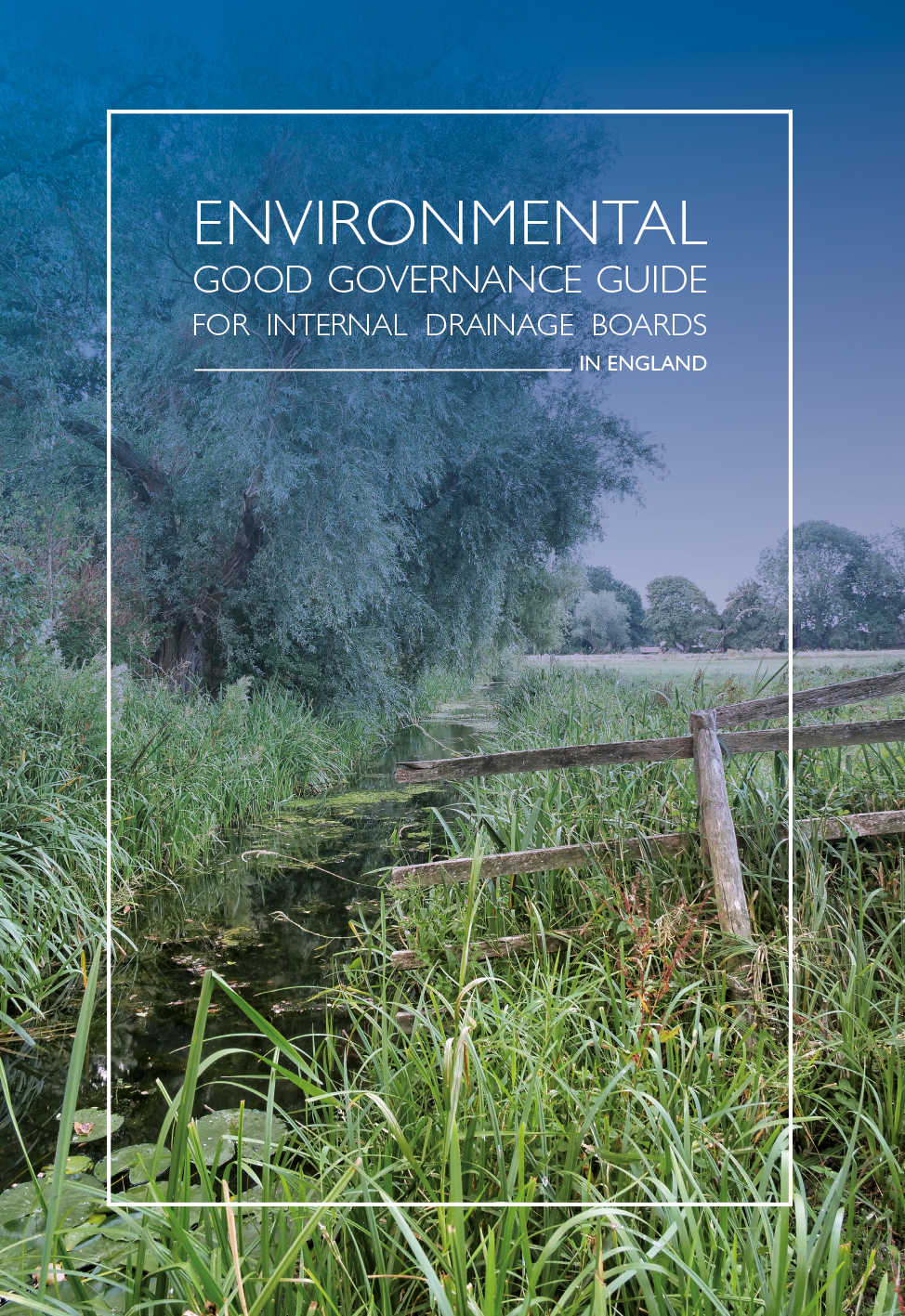
The Drainage Channel Biodiversity Manual
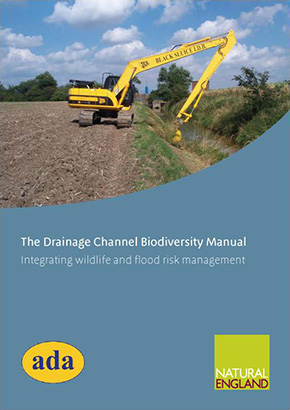
Good Ecological Potential in Fenland Waterbodies
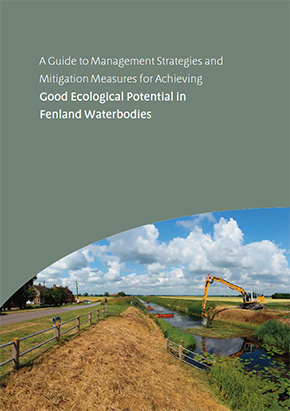
Middle Level IDB Biodiversity Manual
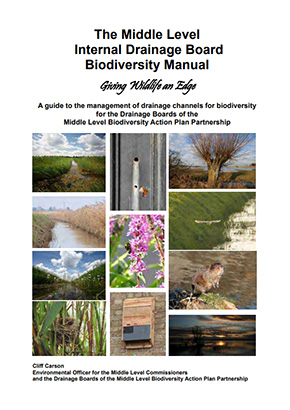
Quick Wins for Biodiversity Manual
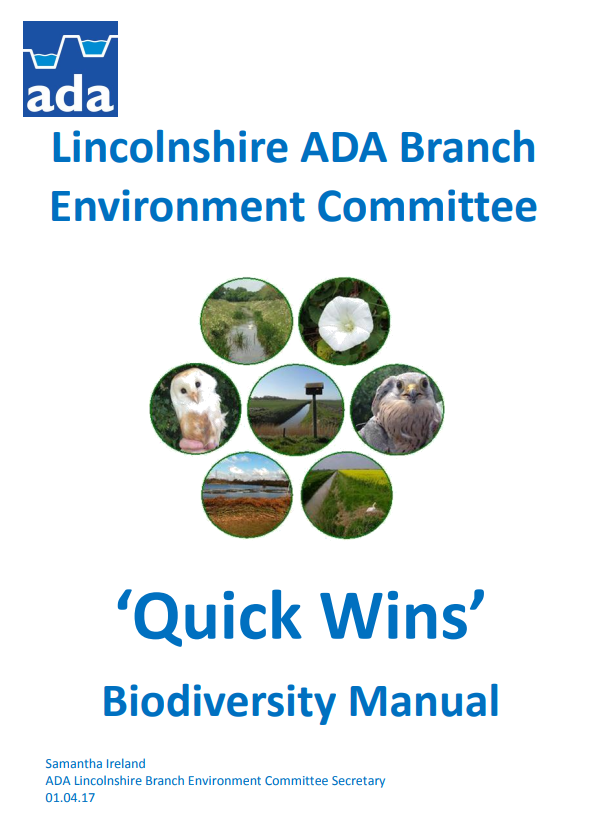
Tools for lowland water managers
Biodiversity Action Plans
ADA worked with Natural England in 2010 to produce guidance and a template to assist internal drainage boards with the production of their own Biodiversity Action Plans, which demonstrate their commitment to conserve biodiversity within their district. Revised and updated guidance and a new template were published in November 2020.
Biodiversity Metrics
A suite of metrics for internal drainage boards to annually record their collective contribution towards conserving and enhancing biodiversity.
Species Action Plans
The Wildlife Conservation Partnership has written two species action plans for inclusion within Internal Drainage Board Biodiversity Action Plans.
Biosecurity Policy & Proceedures
ADA has developed a template for a biosecurity policy and set of procedures to help internal drainage boards, in pursuance of their routine operations, to control and prevent the spread of invasive non-native species.
Model IDB Biosecurity Policy & Procedures
Further information about invasive non-native species and biosecurity is available from the Non-Native Species Secretariat.
Badger Class Licence
The CL27 Class Licence permits the employees or contractors of internal drainage boards to interfere with badger setts where there is a need to conduct routine watercourse or drainage maintenance operations such as vegetation cutting, bank reforming, or culvert clearance.
Coir Roll Management & Maintenance Guide
Pre-planted coir rolls are a useful tool for enhancing the biodiversity of lowland drainage channels and helping to manage water levels and flood risk. They can be pre-planted with a range of marginal water plants can establish a dense structure and root network which help to stabilise banks, trap soil run off (reducing phosphate entering the water), provide flowers for pollinators, seeds for birds, a refuge for aquatic beetles, and habitat for water voles.
Cambridgeshire ACRE, in partnership with the Ely Group of IDBs, secured funds from the Environment Agency’s Water Environment Grant (WEG) scheme to install coir rolls along 2km of drains on two farms in the IDB area. The project commissioned the Middle Level Commissioners to produce an Coir Roll Drain Enhancements: Installation, Management and Maintenance Plan.
Beaver Field Signs
A photographic guide to beaver field signs. Prepared by the Environment Agency.
Further guidance
Channel Management Handbook
A handbook promoting good practice in channel management has been developed for flood risk management authorities. The handbook brings together over ten years’ worth of research and practice in channel management with the aim of improving the process of deciding when and how to carry out channel management for flood risk and land drainage purposes.
You can download the handbook from the GOV.UK website HERE
RRC Manual of River Restoration Techniques
The River Restoration Centre (RRC) Manual of River Restoration Techniques aims to help river managers identify potential restoration techniques for use in river restoration and sustainable river management.
You can find out more about the RRC and the Manual at: www.rrc.co.uk
Aquatic & Riparian Plant Management Guide
This suite of documents have been created by the Environment Agency, with the help of ADA and other water management organisations, to provide guidance on identifying what management techniques are best suited for controlling vegetation in any given watercourse. You can download these documents and tools from the GOV.UK website HERE
Sea Wall Biodiversity Manual
A handbook on the ecology of sea walls; any vegetated flood defence embankment or retaining wall present along the open coast or tidal waters. It provides guidance on vegetation management techniques available to help conserve and enhance their biodiversity value, whilst continuing to perform their primary flood defence purpose. The manual covers a suite of best practice guides on specific habitats and species. Download the Manual.
